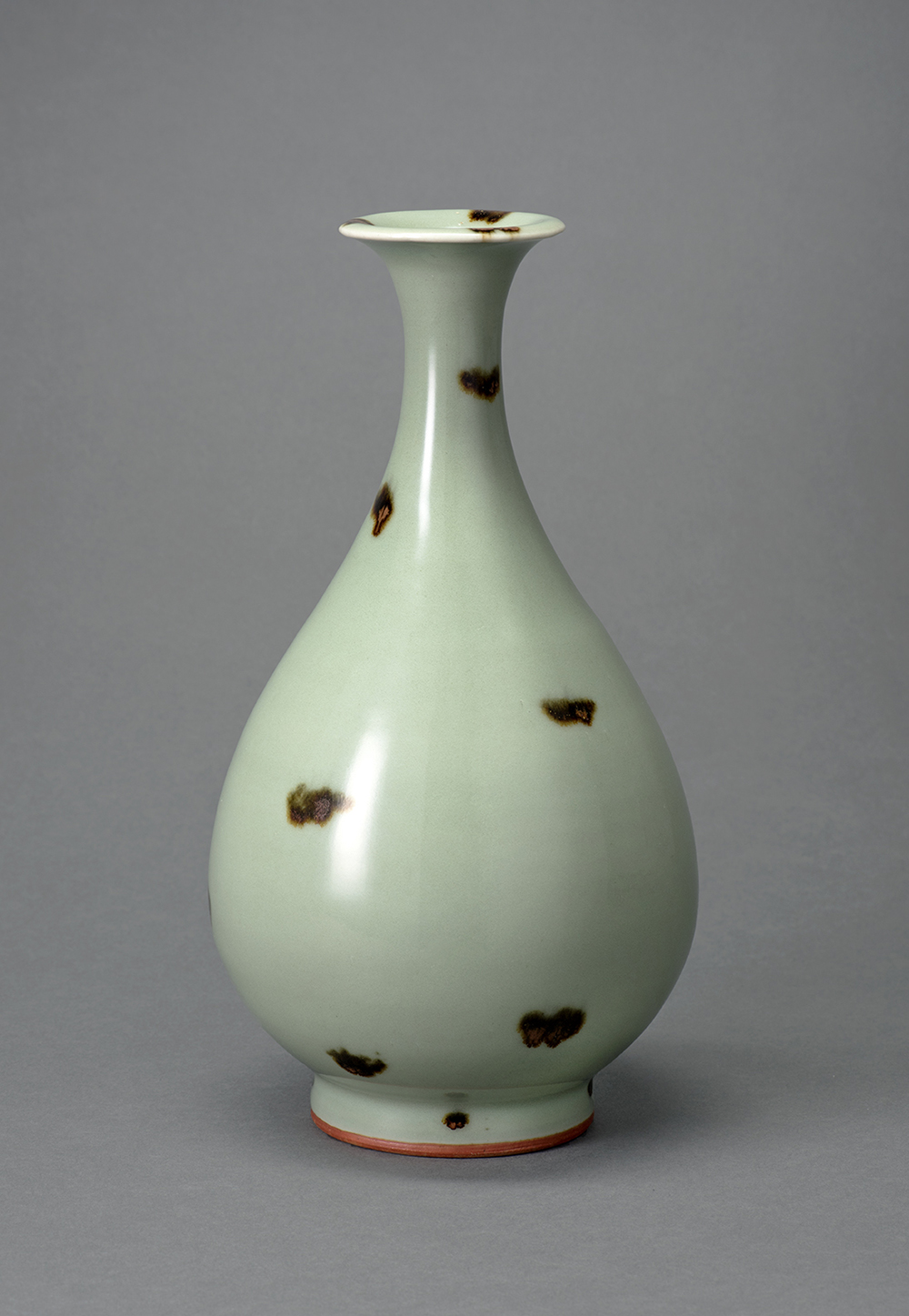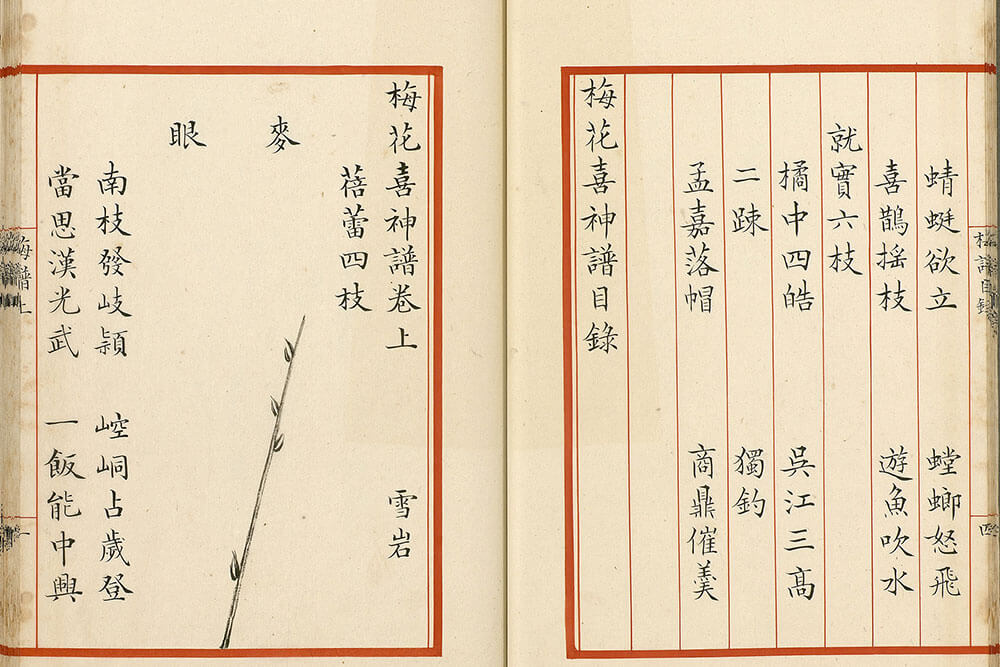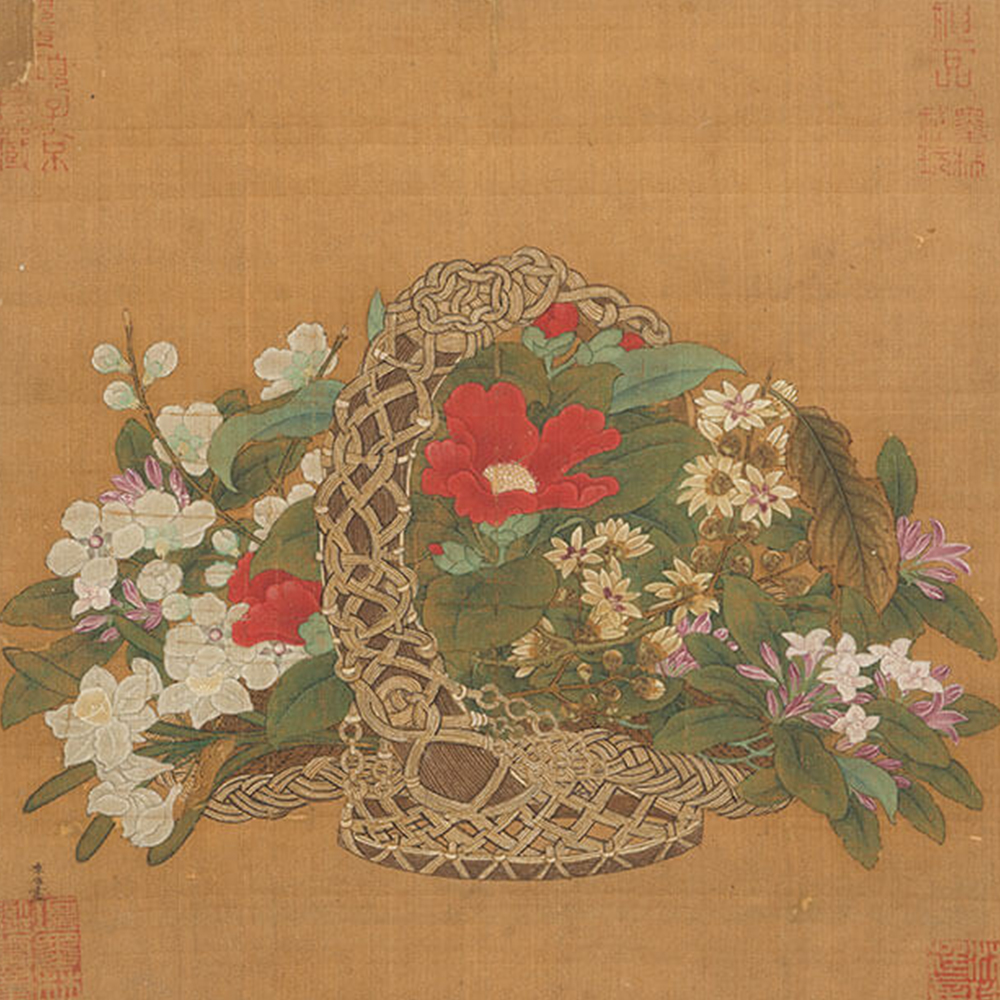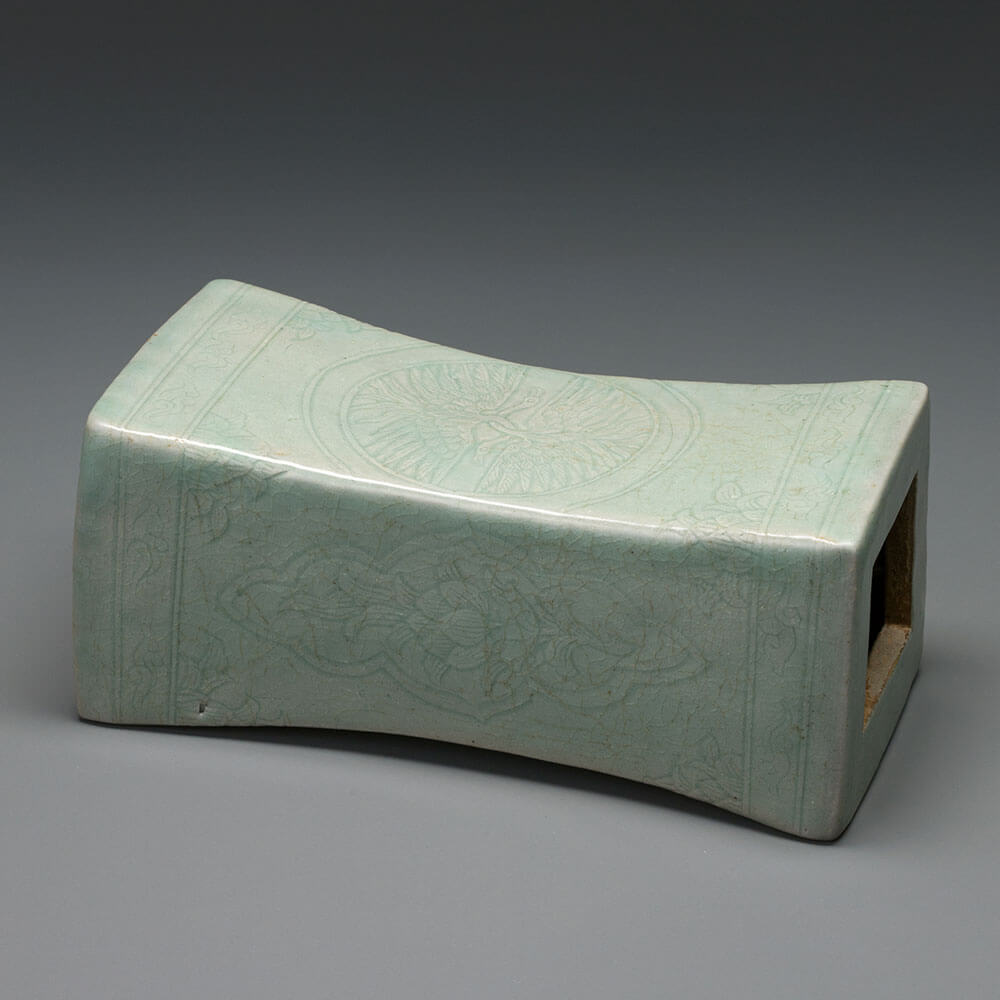Arranging Flowers
For a millennium, people have used flowers and vases as interior decorations to refine daily life. Materials and shapes of the vessels have been meticulously selected to present one's taste and style. Arranging flowers in porcelain vases is a fashion statement while cultivating flowers in bronze vessels displays a fondness for antiquity. Pots, jars, baskets and plates are excellent choices, too. The various combinations of flowers and vessels carry gratification and generate charm.
Yuan dynasty, 14th century Longquan ware Bottle with iron brown spots against celadon glaze
- Collection of the Museum of Oriental Ceramics, Osaka
This Longquan ware pear-shaped vase in celadon glaze was likely introduced into Japan through trade with the Yuan Empire in the 14th century. In Japan, Longquan celadon with iron-brown spots, known as tobi-seiji, is highly prized. With its exquisite glaze, form and decoration, this vase is a masterpiece of tobi-seiji. (Kobayashi Hitoshi)
Meihua Xishenpu (Manual of Plum Blossom Painting)
- Song Boren, Southern Song dynasty presented by Ruan Yuan, Jiaqing reign (1796-1820), Qing dynasty
Do you know the lifecycle of plum blossoms? An ancient Chinese book perfectly captured the eight stages of blooming. In the 13th century, artist Song Boren, renowned for his plum blossom paintings, closely observed the flowers in his garden and schematized the lifecycle of the plum blossoms: covered bud, small bud, large bud, blossoming, full bloom, magnificence, wilting, and fruiting. The Chinese literati appreciated the plum blossoms not only in the pursuit of taste and elegance, but also as a symbol of moral nobility.
Flower Basket
- Li Song (fl. ca. 1190-1264), Song dynasty
Li Song, a court painter known for ruled-line painting, was active during the reigns of Emperor Guangzong, Ningzong and Lizong (1190–1264) of the Southern Song dynasty. In this painting, the rattan basket is filled with a variety of flowers. While the depiction of the flower arrangement is complex and the colors splendid, the neat brushwork and the bright but not garish colors elevate the work, making it a fine specimen of Song dynasty court painting.
Pillow with carved paired-crane decoration in celadon glaze
- Goryeo dynasty, 12th century
- Collection of the Museum of Oriental Ceramics, Osaka
Goryeo celadon of the 12th century is known for its beautiful glaze of emerald color. This pillow is one of the few surviving examples of Goryeo celadon. The paired cranes and lotus flowers carved on this pillow show exquisite technique. One side was hollowed out to allow it to be used as a flower vase. An inscription by the renowned tea master Kobori Enshu (1579-1647) is found on the storage box.










